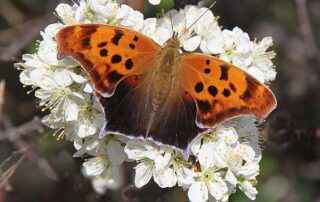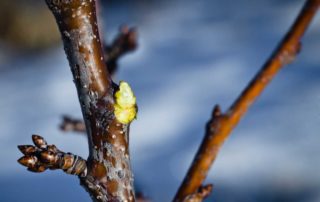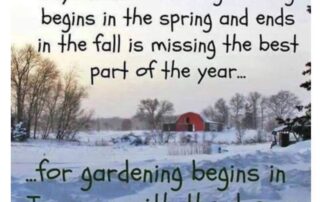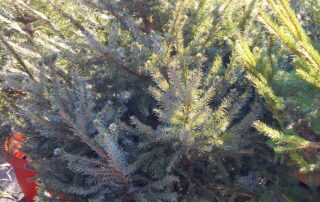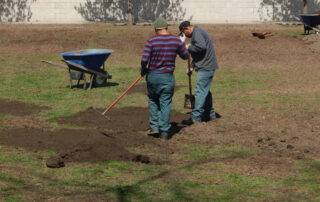Everyday Should Be Earth Day
Started in 1970, this designated day of April 22 has become an annual reminder of our responsibility to be good stewards of the Earth. You can contribute to a healthier Earth in multiple ways: utilize native plants in a garden, plant a tree, purchase biodegradable products and avoid pesticides of any kind, practice organic and sustainable principles at home, and commit to reduce, reuse and recycle.


